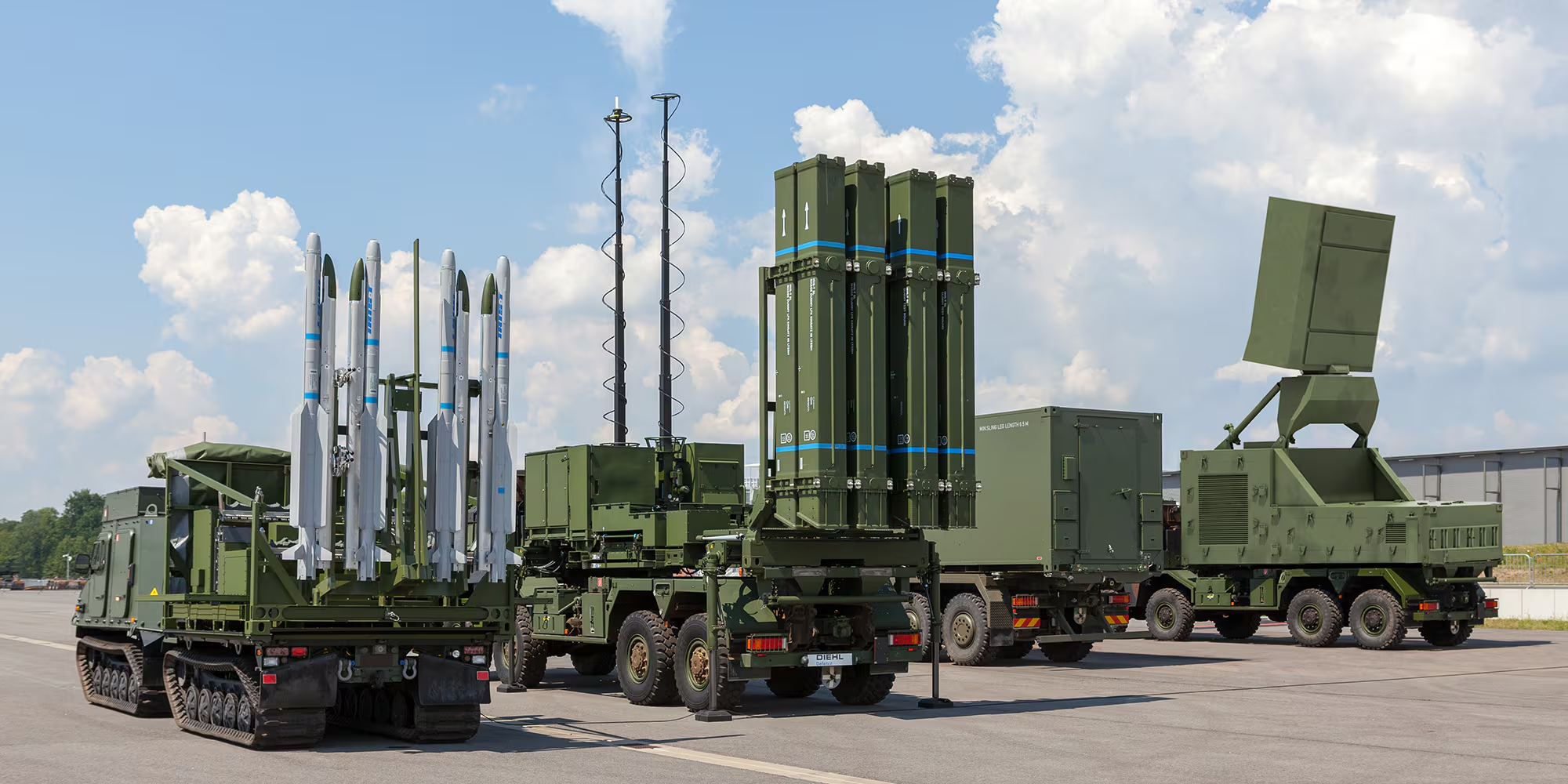The U.S. Army’s 5th Battalion, 3rd Field Artillery Regiment (Long Range Fires Battalion, LRFB) has made history with two groundbreaking advancements, demonstrating the growing strategic dominance of its long-range precision fire capabilities. As part of the 1st Multi-Domain Task Force (1MDTF), the battalion showcased operational precision and unparalleled mobility in a November series of cutting-edge tests.
Precision in Motion: First Live-Fire Success with Moving Targets
In a landmark achievement, the battalion executed its first live-fire test using fully Army-operated sensors and shooters. Held at the White Sands Missile Range in New Mexico, the demonstration targeted a moving surface object with pinpoint accuracy—highlighting the effectiveness of the Mid-Range Capability (MRC) system. Weeks of intense preparation, including advanced fire team operations and system reloading drills, culminated in this extraordinary feat.
Captain Michael Geissler, Delta Battery Commander, underscored the significance of this test in enhancing strategic confidence and operational readiness. Notably, Sergeant W. Teloh emerged as a standout, becoming the first U.S. Army Soldier to fire both the Tomahawk cruise missile and the Standard Missile-6 (SM-6). According to Lieutenant Colonel Ben Blane, Commander of the 5-3 LRFB, Teloh’s success is emblematic of the unit’s elite training and adaptability.
Elite Soldiers Driving Cutting-Edge Technology
The MRC crew, composed of top-tier Soldiers, represents the pinnacle of skill and preparation in the Army’s ranks. Rigorous training, including advanced courses such as the Navy’s Tactical Tomahawk Weapon Control System program, ensures they are equipped to manage the Army’s most sophisticated long-range systems. These Soldiers are not just operators—they are pioneers, setting benchmarks in precision and lethality.
Unprecedented Mobility: MRC Goes Maritime
The 5-3 LRFB also demonstrated a critical capability in mobility, successfully loading the MRC system onto a maritime vessel for the first time. This milestone was achieved at the Port of Tacoma, thanks to collaboration between the battalion, Lockheed Martin engineers, and the Military Surface Deployment and Distribution Command (SDDC). The exercise underscores the Army’s capacity to rapidly adapt land-based systems for deployment in coastal and amphibious theaters.
Lieutenant Colonel Blane praised the rapid progress, noting that the battalion’s readiness and versatility are central to delivering theater commanders lethal, rapidly deployable solutions. These capabilities are especially critical for Indo-Pacific operations, where the 1MDTF plays a pivotal role in deterrence and strategic readiness.
Strategic Significance for the Indo-Pacific Region
The advancements of the 5-3 LRFB are a significant boost to the Army’s ability to deliver long-range precision fires in strategically sensitive regions. The integration of systems like the Tomahawk and SM-6 provides commanders with unmatched flexibility and firepower, reinforcing U.S. commitments to security and deterrence in the Indo-Pacific.









